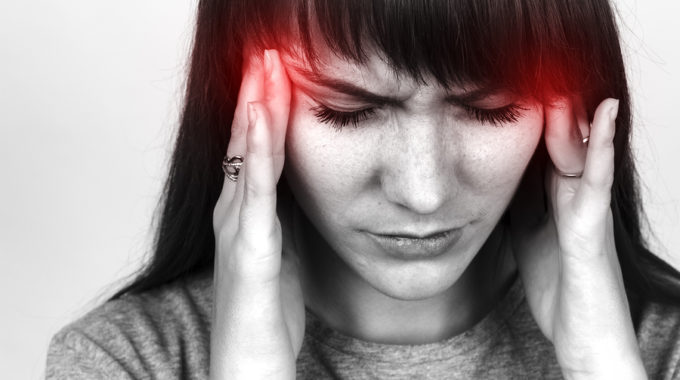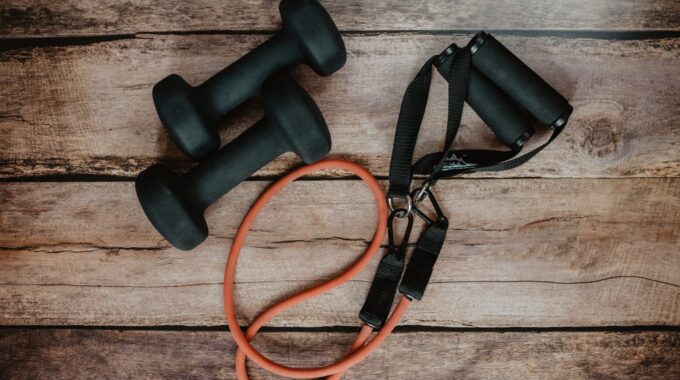Does Stretching Actually Benefit Us? The idea that we should stretch our muscles before…

Headaches (What about the neck?)
Headaches are common, with between 50% and 75% of the global population suffering from a headache in their lifetime and more than 10 million people in the UK suffering with regular symptoms.
There are many different types/causes of headache, however this article will focus on one common causes that Physiotherapy/manual therapy has been shown to be effective in treating.
Cervicogenic Headaches (CGH)
Cervicogenic (CGH) headaches are secondary headaches emanating from the neck (the word comes from- Cervical: Neck/ Genesis: Origin). Secondary headaches differ from Primary in that Primary headaches exist independently from any other medical condition and appear to have no identifiable cause (for example tension type, cluster and migraine) whereas secondary headaches come from another source (e.g. CGH or sinus headaches from sinusitis etc).
CGH are caused by a disorder of the cervical spine which could relate to bony components, disc and/or soft tissue, usually (but not always) accompanied by neck pain.
CGH is caused when sensory nerves within the upper cervical spine or any structure that is supplied by these nerves (including some of the muscles of the neck) become irritated. The reason you get the pain in the head is because of the connection between these nerves in the top of the neck and the trigeminal nerve (5th cranial nerve) which is the main nerve supplying the sensation to our head and face.
Symptoms of CGH
It is very difficult to give an exact list of symptoms of CGH as there is some overlap with other headache types however here are some common symptoms often associated with CGH:
-
Pain, generally felt on one side of the head (but can be both), over the eyes and into the front/side/back of the scull.
-
Symptoms tend to be non throbbing, moderate to severe and tend to start in the neck.
-
Neck movement or sustained postures can bring on the headache.
-
You may notice a feeling of neck stiffness and have limitations in neck movement.
-
You may also feel nauseous and experience symptoms of dizziness.
Factors involved in CGH
A host of musculoskeletal factors can influence CGH and they are all things that your physio will check during the assessment:
1) Weakness- weakness in the deep neck muscles can contribute to neck dysfunction and headaches. Weakness in the muscles that help to control your shoulder/shoulder blade can also influence the neck due to a direct mechanical link between them during arm movement.
2) Tension- muscular tension (as well as weakness as mentioned above) can lead to movement impairment in the neck and upper back- this can affect how the joints of the upper spine move which can lead to pressure on sensitive structures responsible for symptoms of CGH.
3) Upper/mid back stiffness- The Thoracic spine is very important for proper functioning of the neck and stiffness in this part of the spine can increase the load on joints of the neck and surrounding soft tissues. If you have a stiff thoracic spine you may be more inclined to hunch over which will increase the curvature of your neck and predispose you to neck pain and potentially CGH.
4) This leads me on to POSTURE- there is a link between posture/neck stiffness and CGH so again something your Physio will look to address!
Tests and Examinations
There are no specific tests for CGH, however with a detailed subjective assessment (discussion about your symptoms including onset, location, frequency, duration, aggravating factors etc etc) we can narrow down the possible causes of your pain. If you have a headache at the time of the appointment we can use certain tests that aim to reduce your symptoms and therefore help us to be more specific as to location of the problem (if we can ease your headache then we have a better idea of what the cause is). We also look for factors that we know may contribute to the headache (such as muscle tension, muscle weakness, joint stiffness etc).
Important
It is important to note that CGH accounts for a relatively small proportion of headaches and it is therefore important if you have any of the following symptoms to consult your GP:
-
Sudden onset of a new severe headache.
-
A worsening pattern of a pre-existing headache in the absence of obvious influencing factors.
-
Headache associated with fever, neck stiffness, skin rash, and with a history of cancer, HIV, or other systemic illness.
-
Moderate or severe headache triggered by cough, exertion.
-
New onset of a headache during or following pregnancy.
-
Headache onset after trauma.
-
Persistent or progressive headache.
-
Headache triggered by changes in posture.
-
New headache in patients over 50 years of age.
What do I do next?
CGH has been poorly understood over previous years but is now being extensively researched with good results for the use of manual therapy and specific exercises to address the cause.
It is however important to be specific with treatment to address the exact structures that are to blame and therefore important that you discuss this with your Physio (or other appropriate health professional) so that they can go through ways of helping with your symptoms. Treatment should be done on a trial basis and if no clear improvement are being made then an onward referral back to your GP should be made.
There are certain things you can do to help prevent Cervicogenic headaches from starting including; having a healthy diet, making sure to exercise regularly, avoid looking down at your phone/ipad excessively and making sure to work on maintaining good postures at work!
If you are concerned about your headache or have any of the symptoms listed in the ‘Important’ section you should give your GP or Physio a call to discuss it.
Reform Physio is happy to discuss any questions you have about your neck pain or headache, so please call and ask to speak with Luke who will arrange a time to have a chat either on the Phone or face to face.
Call 07399499959 or 01799530650
Otherwise you are welcome to email Luke at: Reformphysio@outlook.com



